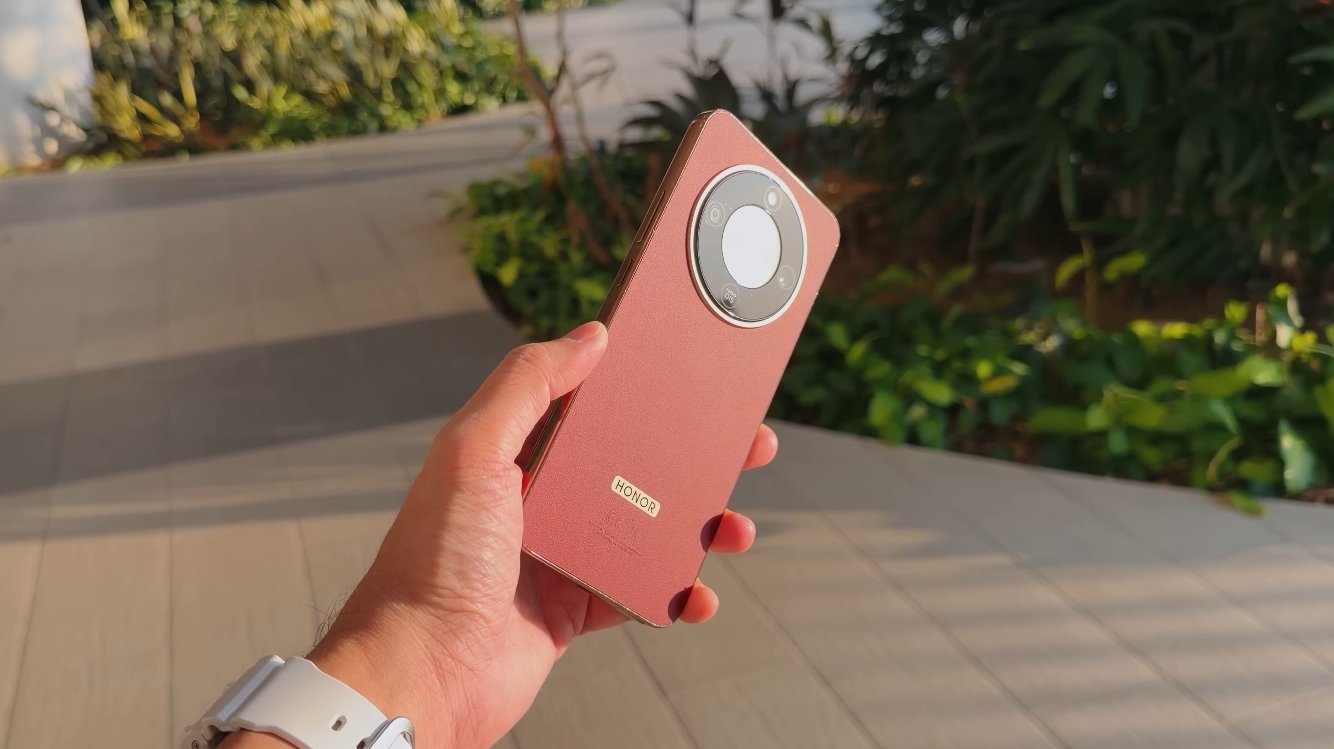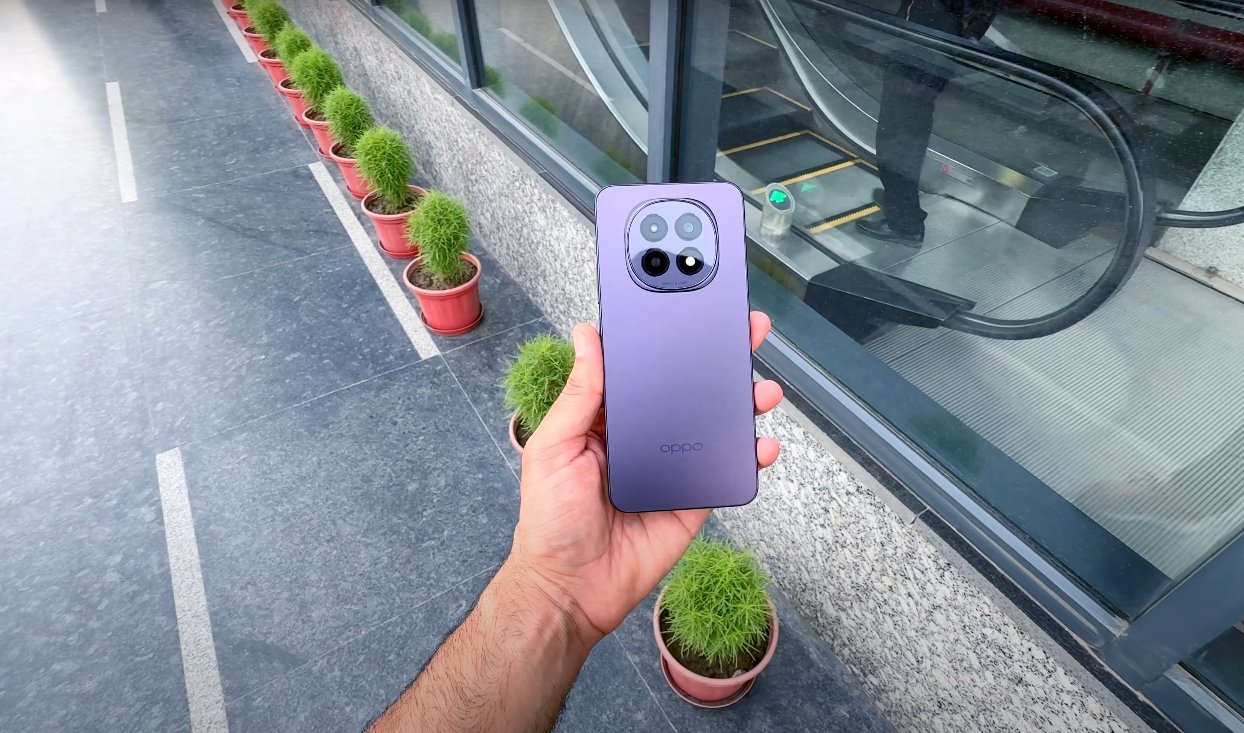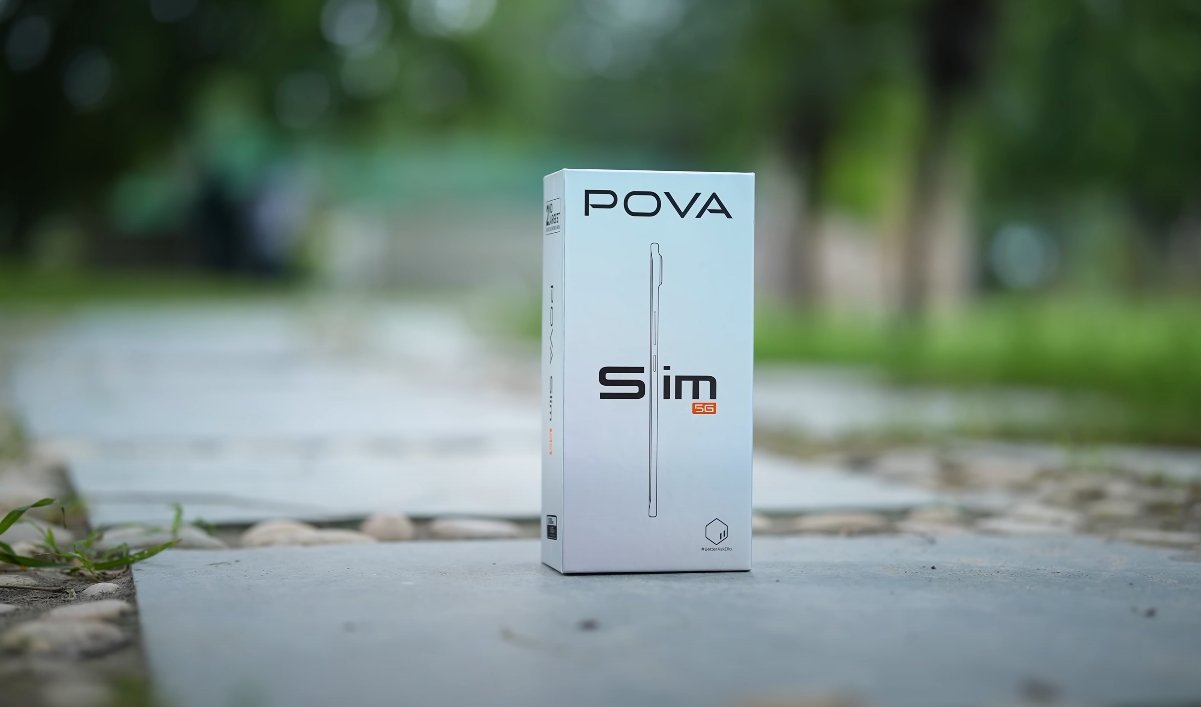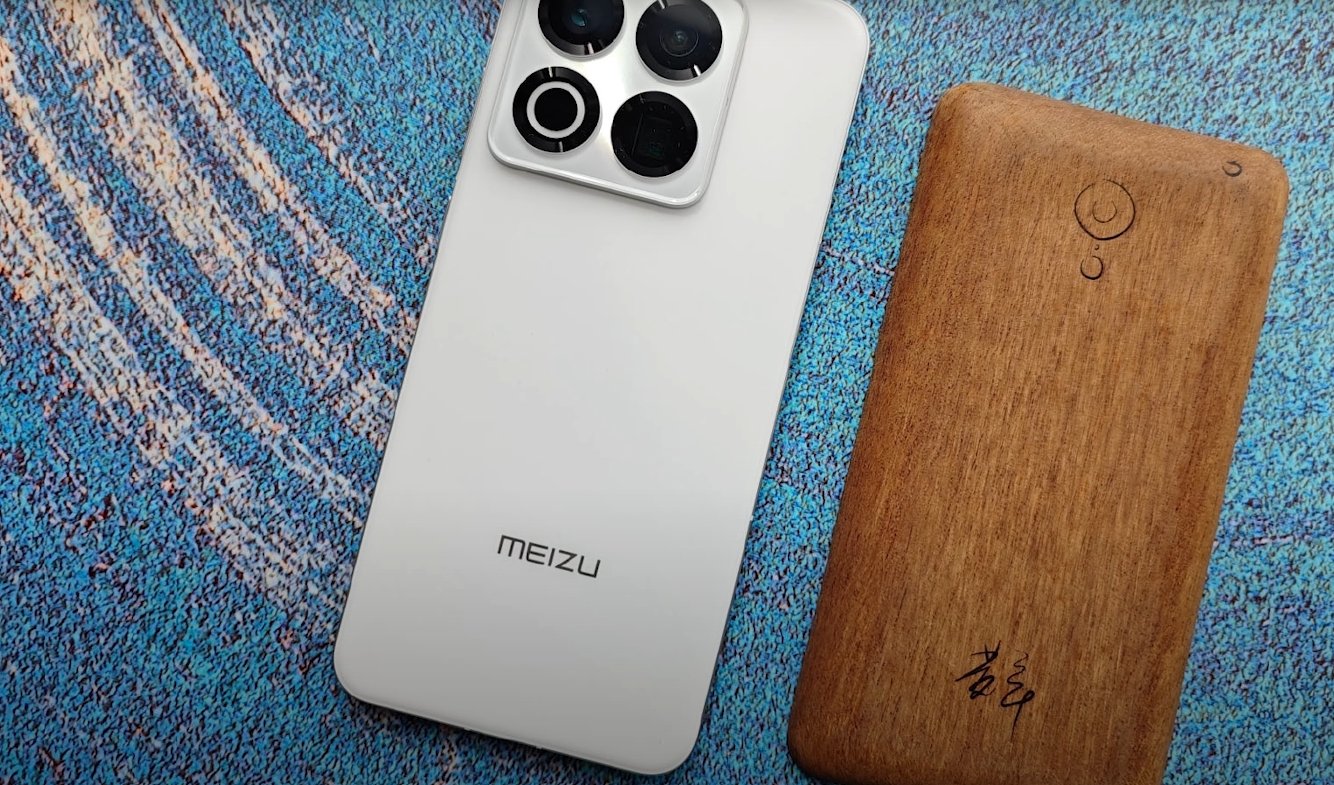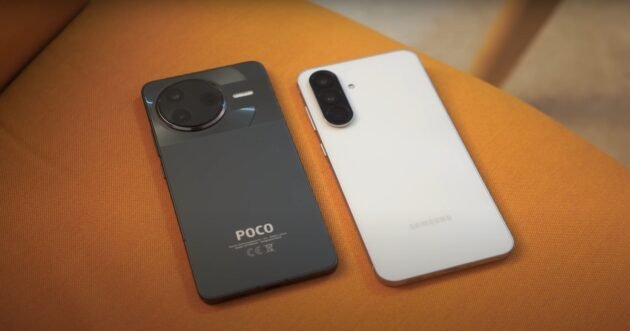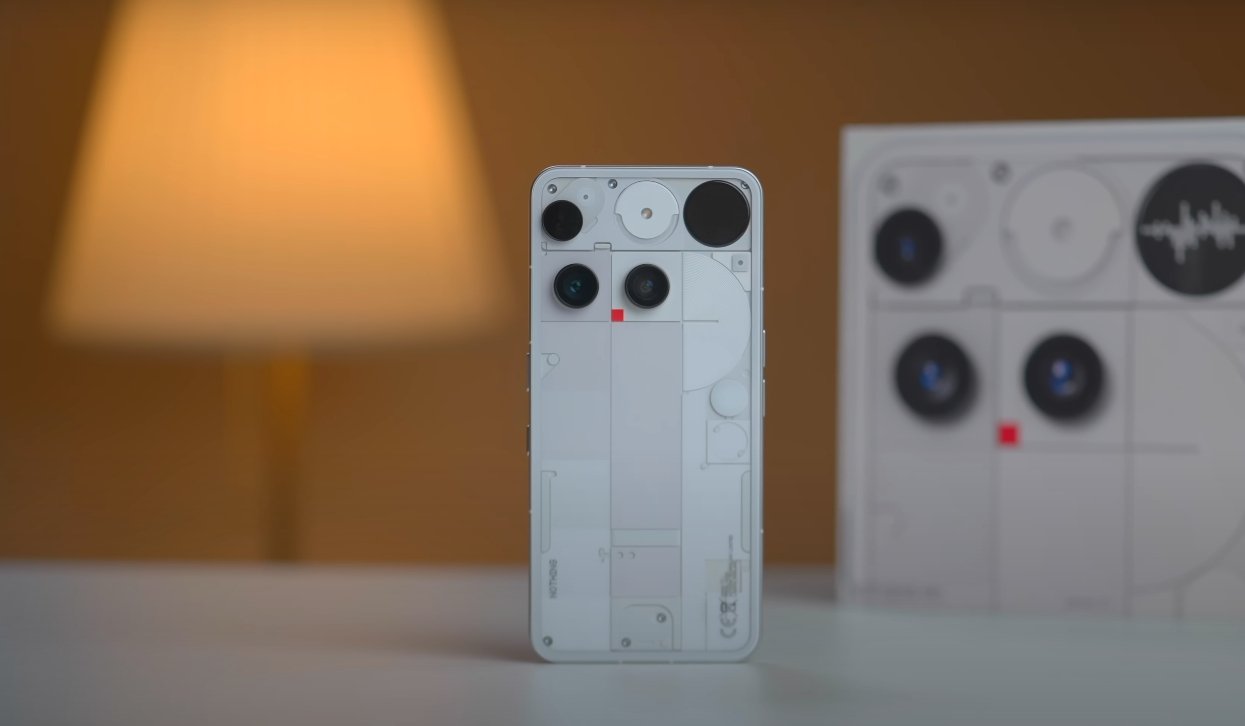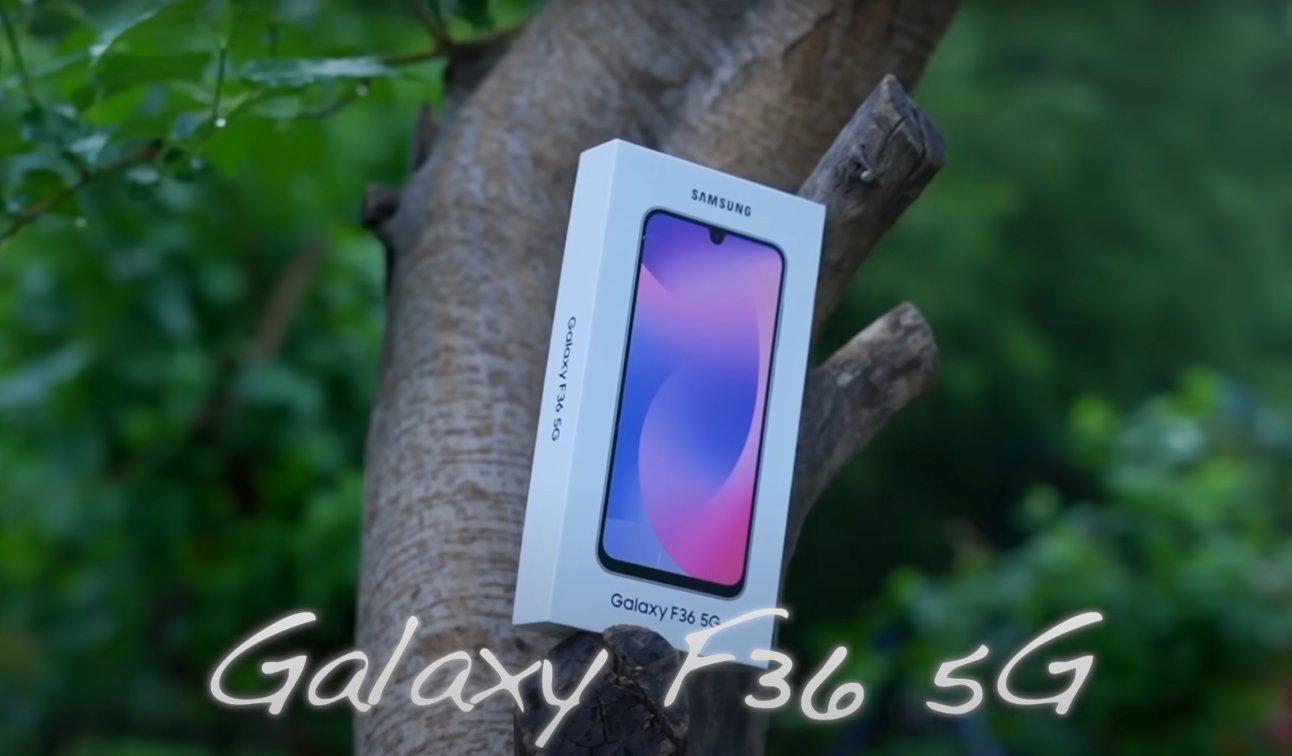Daylight photography showdown: Vivo X300 Pro takes on Pixel 9 Pro Max
Daylight photography is one of the most critical tests for any flagship smartphone camera, as it exposes the sensor’s ability to capture detail, dynamic range, and color accuracy. The Vivo X300 Pro and Pixel 9 Pro Max are two of the most talked-about devices in this regard, each offering advanced camera systems and computational photography enhancements. Comparing their performance in bright daylight conditions reveals important differences that help users choose the device best suited to their photography style.
The Vivo X300 Pro is equipped with a versatile triple-camera setup, including a 50MP Sony LYT-828 main sensor, a 50MP ultra-wide lens, and a 200MP Samsung HPB telephoto lens. This combination allows the device to capture sharp, detailed images with high resolution and impressive dynamic range. In daylight, the X300 Pro excels at preserving textures and subtle details in both bright highlights and shadowed areas. Users who shared early photo samples report that the images appear vibrant and lifelike, with colors that pop without looking oversaturated. Its telephoto lens also allows distant objects to be captured with clarity, maintaining fine details that many other smartphones fail to preserve.
Color reproduction is one of the X300 Pro’s standout qualities. The phone uses advanced image processing algorithms to enhance vibrancy while maintaining realistic skin tones and natural scenery. In bright sunlight, this translates to photos where grass, foliage, and skies appear rich and vivid without losing the nuances of natural light. The device also manages highlights effectively, preventing bright areas from becoming overexposed and retaining detail across the frame. These qualities make the X300 Pro a strong choice for users who enjoy capturing lively, visually striking images that draw attention.
The Pixel 9 Pro Max, meanwhile, focuses on accuracy and natural representation. It features a 50MP main sensor backed by Google’s well-known computational photography system. In daylight conditions, the Pixel 9 Pro Max produces images with balanced exposure and realistic colors. Highlights are preserved without introducing artificial contrast, while shadows retain texture and clarity. Users who prefer images that closely resemble what the human eye perceives will appreciate the Pixel’s approach, as it avoids exaggeration and prioritizes faithful color reproduction. Its autofocus system ensures that subjects are consistently sharp, even in dynamic shooting conditions, making it reliable for quick snapshots and casual photography.
Detail preservation is another key comparison point. The Vivo X300 Pro captures intricate textures with minimal noise, particularly in telephoto and ultra-wide shots. Architectural details, leaves, and other fine elements remain crisp even when zoomed in. The Pixel 9 Pro Max also renders textures effectively, though its focus is slightly more on overall balance than extreme detail. In practical terms, this means that the Vivo may appeal more to users who enjoy cropping images or emphasizing fine details, while the Pixel produces visually pleasing images straight from the camera without additional editing.
When it comes to overall image style, the two devices cater to different preferences. The Vivo X300 Pro leans toward vibrant, eye-catching images with enhanced color saturation and dramatic effect, making it ideal for social media posts, travel photography, and creative projects. The Pixel 9 Pro Max produces more subdued, natural images, suited for documentary-style photography, professional use, or users who prefer realistic representations of their environment. Both approaches have merit, and the choice largely depends on whether a user favors aesthetic enhancement or accuracy.
Autofocus and exposure handling are also noteworthy. The Vivo X300 Pro is fast and reliable, adjusting quickly to changing light conditions and moving subjects. Similarly, the Pixel 9 Pro Max excels in maintaining exposure consistency, preventing blown-out highlights and underexposed areas even in high-contrast scenes. Both phones demonstrate impressive computational photography capabilities, though the underlying philosophy differs: Vivo enhances and dramatizes, while Pixel aims to replicate natural perception.
In conclusion, the daylight photography comparison between the Vivo X300 Pro and Pixel 9 Pro Max highlights the strengths and philosophies of each device. The Vivo X300 Pro produces vivid, highly detailed images with wide dynamic range and impactful colors, ideal for users who want visually striking photos. The Pixel 9 Pro Max offers natural, balanced images with faithful color reproduction, making it suitable for users who value realism and consistency. Both smartphones excel in daylight photography, and the choice ultimately depends on whether the user prioritizes enhanced aesthetics or accurate representation. Either device ensures that users can capture stunning daytime images with flagship-level performance and reliability.
